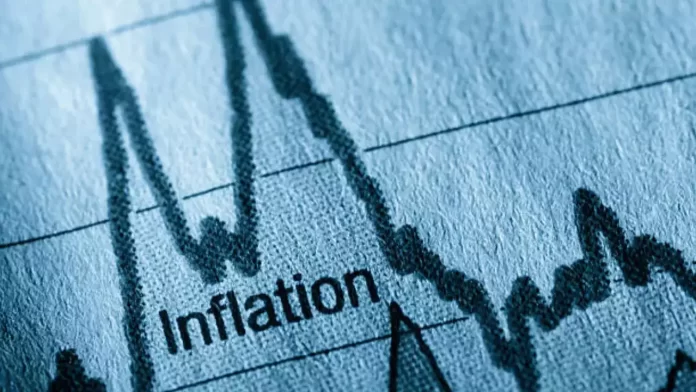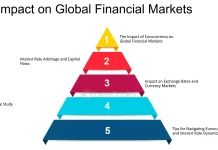Reserve Bank of India (RBI) Governor Shaktikanta Das stated on Monday that less borrowing by the government than expected will guarantee greater room in the banking system for resources to support private sector investments and stabilize inflation.
Additionally, he stated that once Indian government bonds are included in JP Morgan’s bond index, the RBI will be able to manage the influx of more foreign capital.
“This year’s borrowing is less than what the markets had predicted at first. Less borrowing would guarantee that the banking system would have far more resources available to meet the needs of the private sector, according to Das.
He added that “lower quantum will help sort of stabilize inflation” and that “cutting government borrowing is a growth-inducing measure as more credit will be available for the private sector to make their investments.” “I wouldn’t like to quantify how much (it will) stabilize. It ought to assist in reducing inflation, he stated.
In her interim budget for 2024–2025, Finance Minister Nirmala Sitharaman suggested borrowing Rs 14.13 lakh crore through the issuance of dated securities. This is less than the gross borrowing estimate of Rs 15.43 lakh crore, the highest amount ever, from the previous year. The government’s intention to adhere to its fiscal consolidation roadmap and the increase in tax revenues are the reasons behind the lower borrowing estimate for 2024–2025.
Das stated, “When making monetary policy, it is one of the factors which is taken into consideration.” The amount of borrowing is crucial for monetary policy. It stimulates growth and, in my opinion, helps to control inflation.
Regarding the debt-to-GDP ratio, Das stated that it peaked at 88% during the COVID-19 pandemic and has been gradually declining ever since. The debt-to-GDP ratio should decrease even more as the government reduces its target for the fiscal deficit to 5.1% of GDP for the upcoming fiscal year and 4.5% in the year that follows.
In terms of government finances, the government must decide what constitutes a manageable amount of debt. We are the government’s debt manager. As the government’s debt manager, RBI’s job is to make sure that the borrowing program for that specific year is completed smoothly and without causing any disruptions, regardless of the government’s stance on the need for borrowing. However, he acknowledged that one of the most important issues in the fiscal consolidation roadmap is the debt-to-GDP ratio.
In contrast to the budgeted 5.9% fiscal deficit, the government’s revised estimate for 2023–24 shows a marginally smaller fiscal deficit of 5.8% of GDP. The Fiscal Responsibility & Budget Management (FRBM) Act stipulates that in 2025–2026, the government aims to achieve a 4.5% fiscal deficit.
Das stated, “If you go by our track record, RBI has managed both when there are outflows and when there are inflows,” in reference to the inclusion in the JP Morgan bond index. The Reserve Bank has a strong history of controlling the flows in both scenarios. Furthermore, we are confident that we can manage the increased anticipated inflows going forward, including this year. We will be prepared to handle it if and when it comes to pass.





























